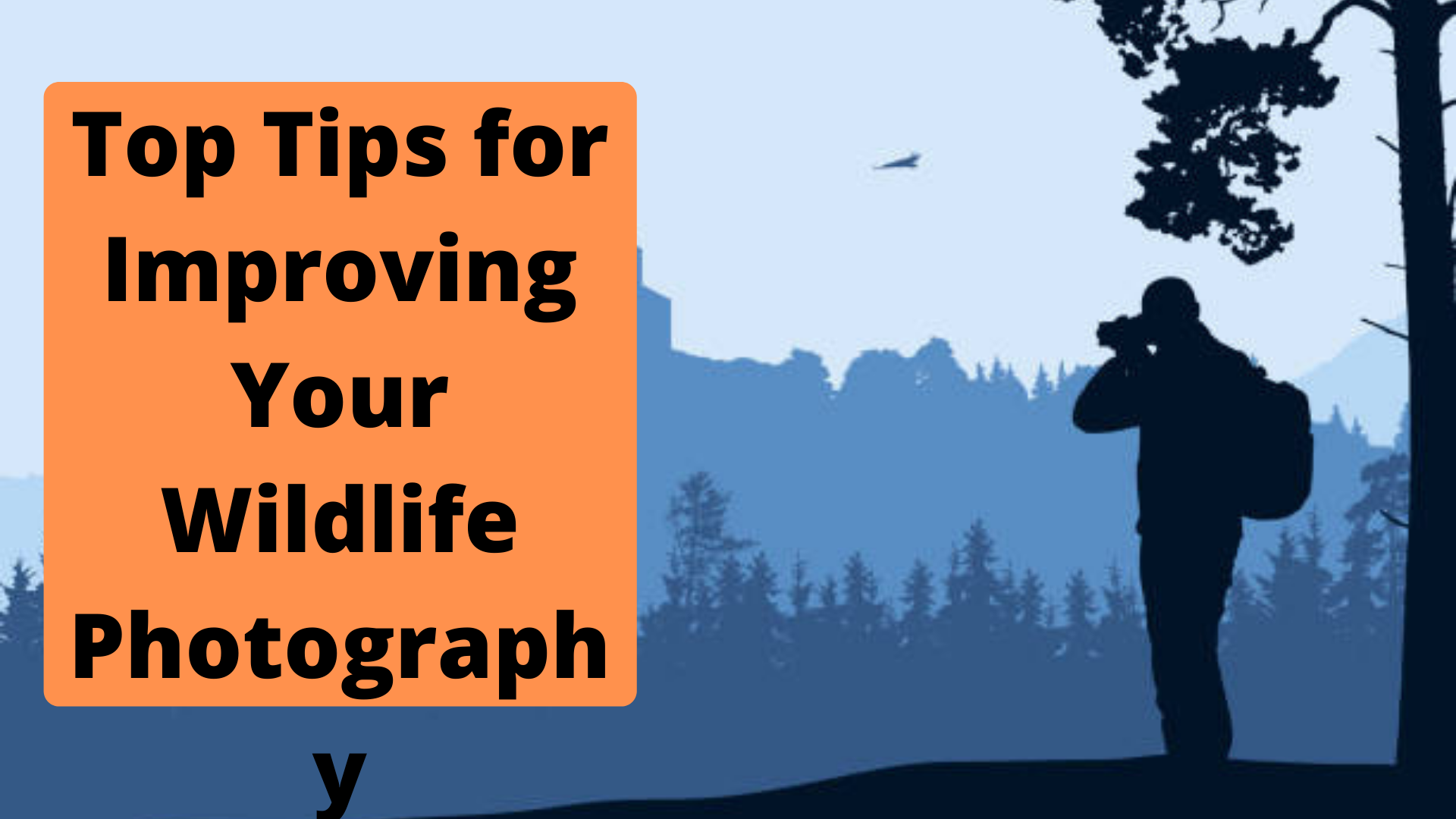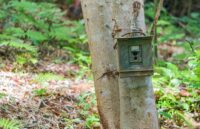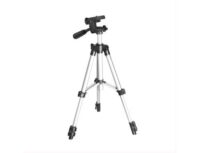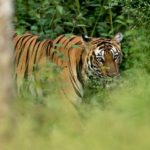Top Tips for Improving Your Wildlife Photography

Wildlife photos help the world explore the farthest reaches of the world and make them accessible for people everywhere.
However, there’s more to capturing animals and birds than meets the eye. In this post, we look at some tips and tricks that should help you capture quality outdoor photography no matter where you are in the world.
Be an Ethical Wildlife Photographer:
Remember – you are there to capture animals in their natural habitat and state. You are not there to affect their living arrangements in any way.
Sadly, not all photographs look at it this way. Many would scare the animals so they get into a fight with each other. Others would get so close that it scares/startles them.
As a wildlife photographer, it’s your responsibility to avoid affecting their behaviour. Avoid baiting or feeding them. Do not induce a flight or fight response hoping to capture wild shots. An ethical thing to do is to make sure that the animals don’t even realize you’re there capturing them.

Know the Photography Rules:
You have to follow certain unwritten rules if you want to be a good photographer of any kind. The same applies to the wildlife photography genre.
Learn about histograms and the rule of the thirds to understand how the exposure works and to capture proper compositions. Make sure that these rules become ingrained in your brain. These techniques and rules will help you to capture fleeting moments before they disappear.
In the case of wildlife photography, much of the focus remains on making eye contact with whatever animal you’re capturing. This makes the photos look real and also gives them a sense of life. In case you’re an avian photographer (capturing birds) – make sure the head angle is perpendicular to the object in relation to the sensor.
Plan the Composition:
It’s hard to direct animals to capture their best shot. However, this shouldn’t keep you from planning the photo shoot. You can still plan things like the shooting direction and framing in advance. After that, wait for the objects to cooperate. Since animals are always on the ground, it’s good to plan the photos closer to the ground.
Also, take care of the background which is often neglected. Having a decent amount of background can tell a story. A nicely captured background tells things like the location, season, and time of the year. It can even capture the whole ecosystem; rather than capturing the subject in isolation. Try to zoom out the lens occasionally to capture these effects.
Camera Traps:
Animal hunting and wildlife photography have one thing in common – using camera traps. In this technique, you essentially set up a still camera or a video camera. You set the camera to trigger upon sensing a motion and start recording.
In the absence of a human photographer, animals are likely to remain in their natural state and get closer to the camera. You can leave the trap until the weather changes or the batteries run out.
Lately, a growing number of wildlife photographers are using this technique because it’s the most effective one for capturing real, authentic photos of animals.

Use a Sturdy Tripod
Do not go for a cheap tripod that’s available at the local department store. You need to invest in a quality tripod if you take wildlife photography seriously. Quality cameras are often heavy with long lenses. A cheap tripod with flimsy legs won’t be able to hold it still and support it.

Shoot Wider; Shoot Closer:
Many wildlife photographers are obsessed with isolating the animals completely from their homes/environment. They try to get as close to the animals as possible to get a great shot. Result? The photos often look as though the animal is a captive or that the photo was taken in a highly controlled environment.
Do not aim for a too smooth of a background either that looks almost fake/unreal.
Instead, try to aim for a wilder angle to capture the overall location where the image was captured. This applies no matter whether you’re capturing an elephant, a deer, or a squirrel.
Capture Both the Good and The Bad:
Animals are beautiful and wild animals captured in their natural state have a uniqueness to them. Capturing beautiful pictures is always great. However, good photos only show one side of the story. The harsh truth is that much of the wildlife is being destroyed in present times.
So, every wildlife photographer owes it to the plane to document with pictures that tell the whole story. For example, recently there have been fires in Australia and the Amazon jungles. Documenting such events is crucial to saving the planet and the jungles because such photographs bring awareness about the state of the animals.
Educate Yourself About the Animals You Plan on Shooting:
The reason wildlife photography is complex is that animals cannot take instructions from you. So, the quality of photos depends largely on how well you’ve studied the subjects and accordingly capture them based on their behaviour.
If you don’t know their behaviour, you could easily miss some potentially excellent shots. Therefore, educating yourself about the animal you want to shoot is paramount. Learn about their routine, behaviour, their living arrangement, when they come out, how and what they eat, when they sleep, etc.

Conclusion
Taking wildlife photos is an excellent hobby and a profession. No matter where in the world you go, capturing animals and birds in their natural state can be highly rewarding. It makes you feel connected with nature and appreciate its beauty.

Author Bio
Dhaval Patel
Dhaval has two passions: Travel and photography. Lucky for him they go hand in hand. At dhavalilama.com you can experience how nature and photography got him inclined to inspire and encourage other and follow the identical path. Through his meticulous experience he will coach you on various hacks to photograph Nature. Brace yourself for the world of photography!
Twitter : Dhavalilama
Instagram : dhavalilama
FaceBook : Dhavalilama
With 4 years of Sightings data + Extensive expert tracker network in jungles, our customers had the best wildlife experiences.
Buy Wildlife Fashion Accessories
Exclusive Online Store for wildlife products
Packages
Packages Loading...
Recent Posts









